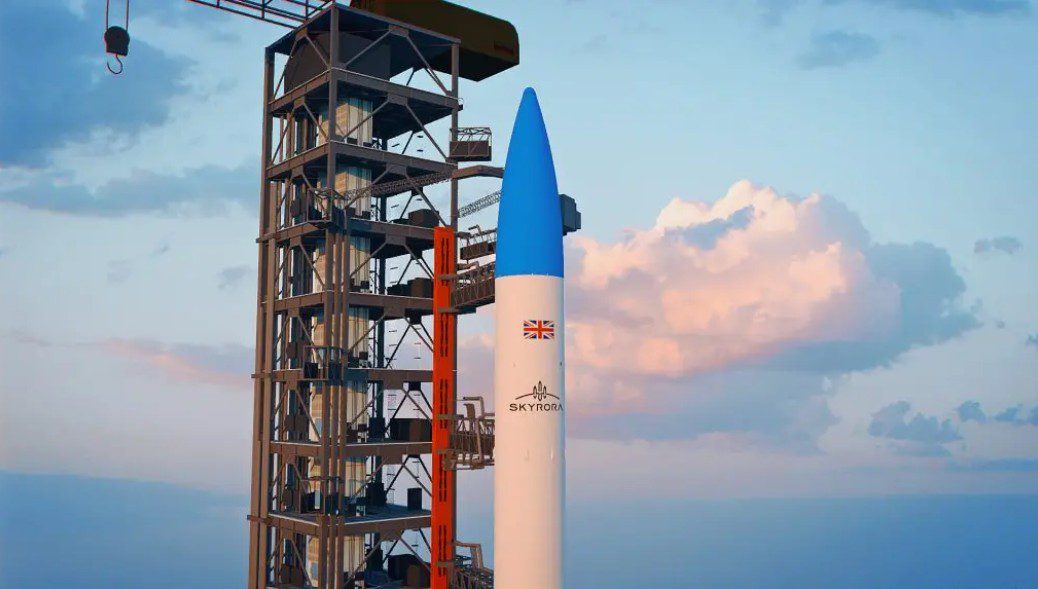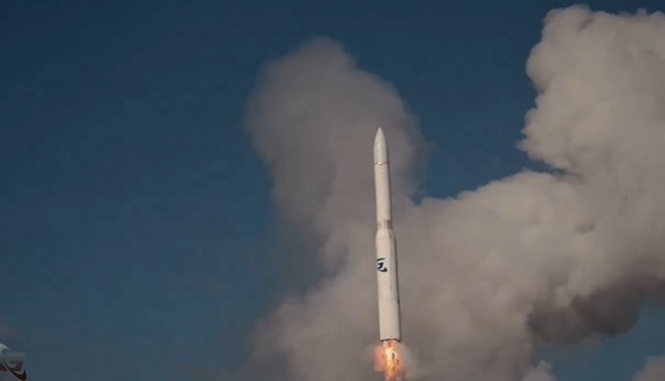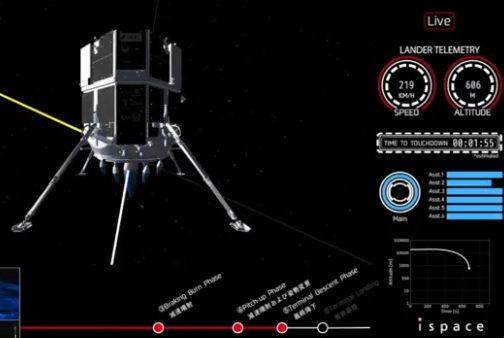There were four launches made over the Christmas period. At 1642 GMT on 20 December, a Chinese Long March 3B/E launch vehicle successfully launched the Tupac Katari communications spacecraft for teh Bolivian Space Agency from China’s Xichang launch site. This communications, which was also built in China, and used the DFH-4 bus design.
At 0031 GMT on 25 December (Christmas Day on western calendars), a Rockot/Breeze KM launch vehicle launched three Russian store-forward communications satellites into Low Earth Orbit from the Plesetsk launch site in Northern Russia. The military spacecraft, dubbed Cosmos 2488, 2489, 2490, used a design derivative of the Strela-M design called the Rodnik-S.
A day later, at 1049 GMT on 26 December, the Proton M/Breeze M launch vehicle flying out of the Baikonur Cosmodrome near Tyuratam in Kazakhstan successfully launched the Express AM-5 communications spacecraft on its way to Geostationary Earth Orbit for the Russian Satellite Communicaitons Company (RSCC). The 3,200kg satelilte was built by ISS Reshetnev using its Express 2000 bus design.
The final orbital launch of the year was the maiden (first flight) of a new version of the Soyuz launch vehicle with was successfully launched from Plesetsk at 1230 GMT on 28 December 2013. The Soyuz 2-1V differs radicallly from its predecessors in that it no longer has any boosters and consequently has a much smaller payload. The main core stage is powered by a NK-33A engine (and RD-0110 vernier) – a version of the NK-33 engine type designed to launch the N-1 launch vehicle – the Soviet equivalent of the Apollo programme’s Saturn V. The launch vehicle’s second stage is as normal Soyuz 2 and is powered by RD-0124 engine.The launch carried a test satellite called AIST 1 and two SKRL-756 radar calibration spheres.





